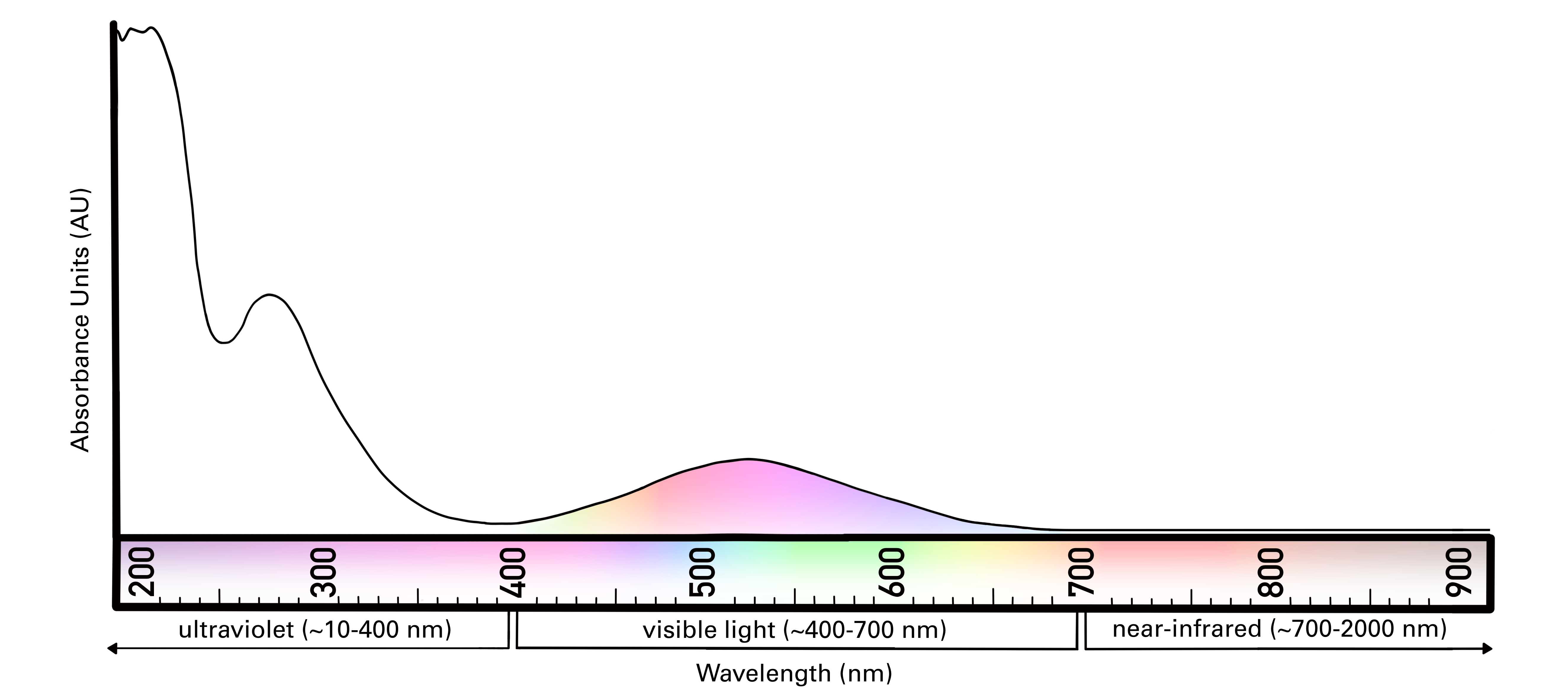BOUND LAB
WINEXRAY
Our Strategic Partner
WINEXRAY provides a rapid and precise method of measurement of phenolics in grapes and wine.
Their model is based on U.C. Davis's phenolic assay, created by Dr. Doug Adams and Dr. James Harbertson, that uses bovine serum albumin (BSA, that closely mimics the behavior of human salivary protein) to precipitate tannins as a measure of astringency. In addition, the Adams-Harbertson (A-H) Assay also measured Free Anthocyanins, Large Polymeric Pigments (LPP), Small Polymeric pigments (SPP), and Iron-Reactive Phenolics (IRPs). A typical laboratory run of the A-H Assay requires about four to five hours for up to twenty samples.
WineXRay Co-Founder, Dr. Gianni Colantuoni, spent time in Dr. Adam’s lab during the early implementation of the assay. Gianni realized that there were some opportunities for increasing the power of the analysis as well as making it more timely, more powerful, and more repeatable. So Gianni created the "Extended Adams-Harbertson Assay", and added ‘Total Anthocyanins’ and and merged the LPP and SPP into one ‘Bound Anthocyanins’ value with units of ‘parts per million.’ Now the assay has five measurements: Total, Free, and Bound Anthocyanins, Tannins, and IRP’s.
Over twenty thousand wet-chemistry analyses later, Gianni was able to run the Extended A-H Assay in parallel to the Ultra Violet - Visible Spectrum Spectrophotometer (UV-Vis for short) and integrate a model into their server so that clients could easily scan and upload the spectra of their wine and have the results in seconds. This eliminated the sample transfer and turn-around time necessary for the wet-chemistry protocol. For winemakers, having information at their fingertips that was accurate, timely, and with a powerful user interface changed the way phenolic information was both shared and implemented.
WINEXRAY is Bound's exclusive partner for analyzing phenolics in wine. If you would like to learn more about their services or if you are interested in becoming a direct client, then please visit their website at winexray.com.
SPECTROSCOPY
Families of Compounds
At Bound Lab, we use spectroscopy (UV-VIS & FTIR) to aquire large amounts of data on finished wines. We choose to focus on families of chemical compounds rather than single components because they relate the best to wine's organoleptic properties and implement well into decision making. For example, there are limited tools for selectively extracting phenolics during fermentation, namely cold soak and maceration length. Rather than focusing on catechin vs epicatechin extraction, we focus on all tannins and their relationship with bound anthocyanins to guage the incorporation of astringency. Download our original Grape and Wine Phenolics Guide to learn more. It is an excellent resource used to juxtapose single components next to the Adams-Harbertson Assay (WINEXRAY's reference methodology).
OUR MISSION
Affordable. Accessible. Applicable.
At the heart of Bound lies a mission: to make wine knowledge more accessible. This mission drives us to innovate and find affordable solutions to address the industry's greatest challenges. We firmly believe that the future of wine intertwined with the applicable insights gained from the phenolics narrative. Providing affordable access to commercial data, curated resources, dynamic consulting, and robust analysis is the foundation of how we are driving positive change in the wine industry.
OUR RESEARCH
Understanding Mouthfeel
Bound is also immensely proud to collaborate on a research project with Dr. Eric Anslyn and Dr. Diana Zamora-Olivares of UT Austin focused on characterizing Napa and Sonoma Valley Cabernet Sauvignons. By combining WINEXRAY's phenolics analysis, the Anslyn Lab's differential sensor tannin assay, and metabolomics profiles, we can begin to hypothesize about alternative methods of analysis used to characterize mouthfeel in red wines.
